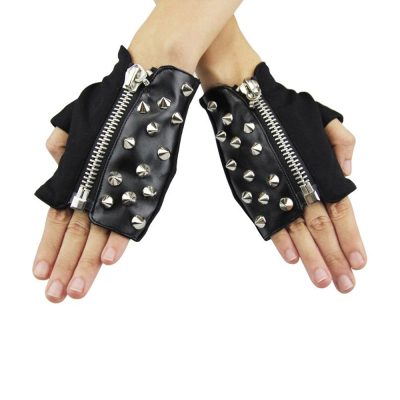In our life and work, we often buy some gloves to protect our hands. For example, labor insurance gloves have been widely used in all walks of life. Generally speaking, the following types of labor insurance gloves are often seen by us, and each industry The gloves you wear will also be different, let’s take a look at it together!
I. Insulating gloves for live work
refers to a kind of insulating gloves that the operator wears on his hands for electrical insulation when performing live work on electrical equipment with an AC voltage of 10 kV and below (or DC electrical equipment with a corresponding voltage level). Its product model, dimensions and technical requirements must comply with the “General Technical Conditions for Insulating Gloves for Live Work”. Gloves must have good electrical insulating properties. At the same time, it also needs good tensile strength and elongation at break, as well as puncture resistance, aging resistance, flame resistance and low temperature resistance.
Second, acid and alkali resistant gloves
is a protective product to prevent acid and alkali damage to the hands, and its quality should meet the requirements of “Acid (Alkali) Resistant Gloves”. Gloves are not allowed to have defects such as frosting, brittleness, stickiness and breakage. The non-leakage of gloves means: they must be airtight, and under a specific pressure, no air leakage is allowed. Such gloves can be divided into rubber acid and alkali resistant gloves, latex acid and alkali resistant gloves, plastic acid and alkali resistant gloves, dipped acid and alkali resistant gloves, etc. Waterproof gloves and gas-proof gloves can be replaced by acid and alkali resistant gloves.
Third, oil-resistant gloves
These products are made of nitrile rubber, chloroprene or polyurethane and other materials to protect the skin of the hands from being stimulated by oily substances and cause various skin diseases, such as acute dermatitis, acne, folliculitis, dry skin, Cracks, hyperpigmentation, and nail changes.
4. Welder’s Gloves
is a personal protective equipment for preventing high temperature, molten metal, and sparks burning hands during welding. It is made of cow, pig marmoset leather or two-layer leather, and can be divided into two-finger type, three-finger type and five-finger type according to different finger types. Welder gloves have strict appearance requirements. The first-class product requires the leather body to be uniform in thickness, plump, soft and elastic, with fine, uniform and firm fur on the leather surface, consistent color depth, and no greasy feeling. Second grade: The leather body lacks fullness and elasticity, the leather surface is thick with fluff, and the color is slightly darker.
5. Anti-vibration gloves
Personal protective equipment used to prevent vibration caused by vibration occupational disease “white fingers” when using hand-held vibration tools (such as chain saws, rock drills, etc.) in forestry, mining, construction, transportation and other departments. In terms of structure, the anti-vibration gloves mainly add a certain thickness to the palm surface.



















